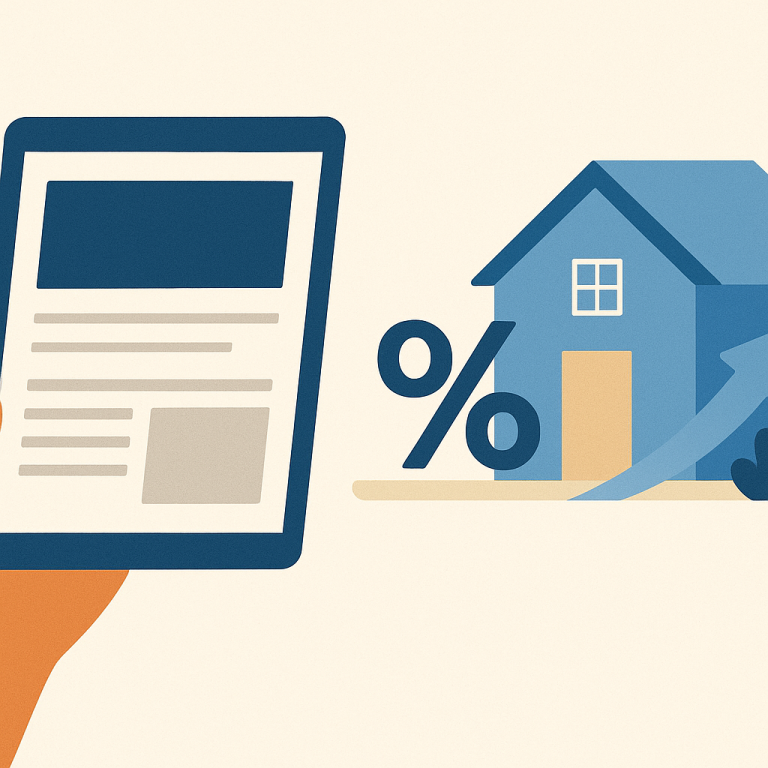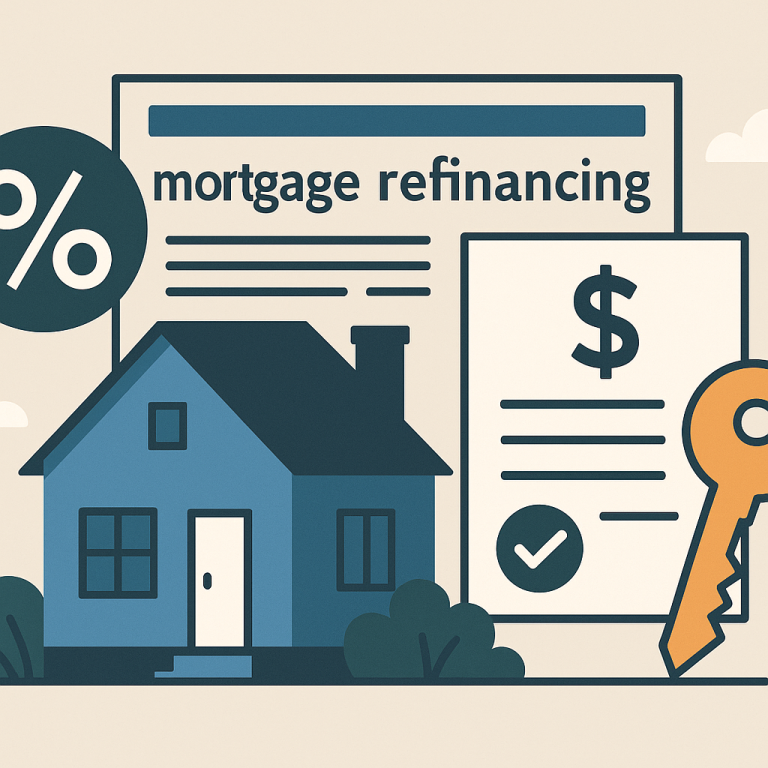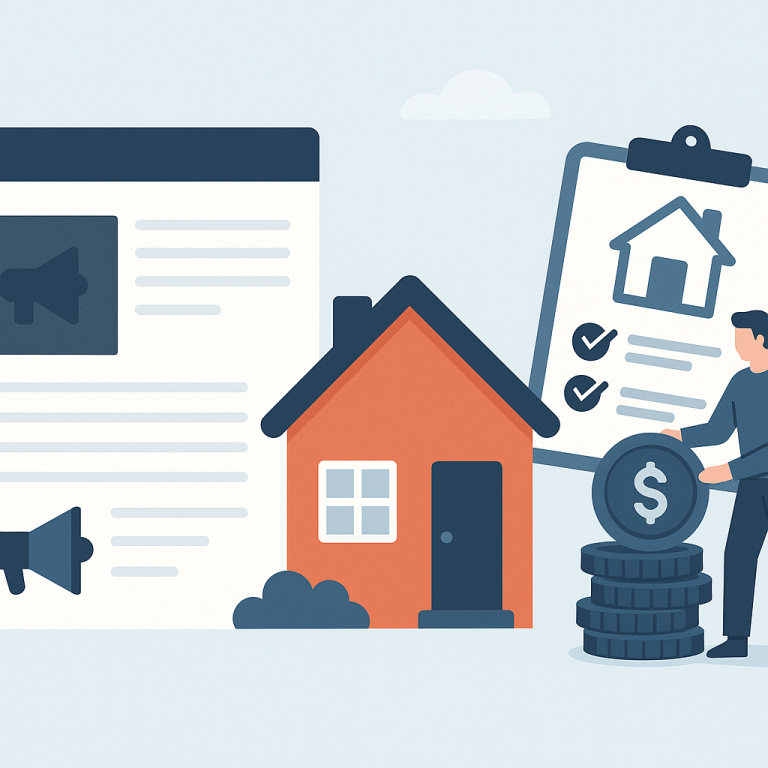Refinance guide jumbo loan refinance requirements and tips
What is a Jumbo Loan Refinance and When It Makes Sense
A jumbo loan refinance replaces an existing jumbo mortgage with a new loan that exceeds the conforming loan limits set by Fannie Mae and Freddie Mac. Because jumbo loans are larger, they carry stricter underwriting standards and often higher interest rates. Homeowners typically consider refinancing a jumbo loan to lower their monthly payment, lock in a lower interest rate, switch loan types (for example, from adjustable-rate to fixed-rate), tap home equity through a cash-out refinance, or consolidate debt.
Refinancing makes sense when the financial benefits outweigh the costs and meet your goals. Common situations include:
- Current market rates are sufficiently lower than your existing rate to justify closing costs.
- You want a more stable payment by moving from an adjustable-rate mortgage (ARM) to a fixed-rate loan.
- You need cash for home improvements, investment, or debt consolidation and have adequate equity for a cash-out refinance.
- You want to reduce loan term (e.g., 30-year to 15-year) and can afford higher monthly payments.
Benefits and Drawbacks
Benefits
- Potentially lower interest rates and monthly payments.
- Ability to change loan structure (ARM to fixed-rate, shorten term).
- Access to equity through a cash-out refinance, often at better rates than unsecured credit.
- Opportunity to remove a co-borrower or streamline payments.
Drawbacks
- Higher underwriting standards—expect stricter credit, income verification, and reserve requirements.
- Higher closing costs compared to conforming loans, due to larger loan amounts and more extensive appraisals.
- Possible prepayment penalties on the existing loan (check your note).
- Longer break-even period if you pay high upfront costs to achieve a slightly lower rate.
Costs and Fees
Refinancing a jumbo loan includes many of the same costs as any mortgage refinance, but the amounts can be larger. Typical fees include:
- Origination fee: Often 0.5%–1% of the loan amount, depending on lender and borrower qualifications.
- Appraisal fee: $500–$1,500 (or more for high-value or unique properties) to determine current market value.
- Title search and insurance: Varies by state and loan size; larger loans can mean higher title insurance premiums.
- Credit report and underwriting fees: Typically a few hundred dollars.
- Escrow, recording, and courier fees: Small administrative costs that add up.
- Mortgage points: Optional upfront fees to lower your interest rate—common on large loans.
- Prepayment penalty: If your current mortgage has one, factor in the cost to pay it off early.
Because of the size of a jumbo loan, even small percentage fees can equal a large dollar amount. Always calculate the break-even period—the time it takes for monthly savings to cover closing costs.
Step-by-Step Refinancing Process
- Check your goals and run the numbers: Determine whether you want rate-and-term or cash-out, and calculate the break-even point.
- Review your credit and finances: Expect higher credit score and cash-reserve requirements for jumbo loans. Correct errors on your credit report before applying.
- Shop lenders: Compare rates, fees, and borrower requirements. Get Loan Estimates from multiple lenders for the same loan scenario.
- Get preapproved: Submit basic documentation to get a conditional approval that helps estimate costs and identify issues early.
- Order an appraisal: Lenders will require a high-quality appraisal; for luxury or unique homes, an enhanced appraisal may be needed.
- Complete underwriting: Provide requested income, asset, employment, and tax documentation. Jumbo approvals often take longer because of the documentation and manual underwriting steps.
- Clear conditions and close: Once underwriting conditions are met, review closing disclosures, sign documents, and pay closing costs or roll them into the loan if eligible.
- Post-closing: Confirm the prior loan is paid off and set up your new payment schedule and escrow account as applicable.
Common Pitfalls to Avoid
- Not shopping multiple lenders: Rate and underwriting differences can produce materially different outcomes for jumbo loans.
- Underestimating reserves: Many lenders require several months’ to a year’s worth of mortgage payments in liquid reserves—plan accordingly.
- Ignoring appraisal risk: If your home appraises for less than expected, you may not qualify for the loan amount you need or may face higher LTV requirements.
- Skipping the break-even calculation: High upfront fees can negate small monthly savings for years.
- Missing hidden requirements: Some lenders restrict property types (condos, co-ops, unique estates) or occupancy status—confirm eligibility early.
- Making big financial moves: Avoid job changes, large purchases, or new credit inquiries during the process—these can derail underwriting.
FAQ
1. What credit score do I need to refinance a jumbo loan?
Standards vary by lender, but many require a credit score of 700–740 or higher for the best rates. Some lenders may approve lower scores with higher rates or additional reserves.
2. How much equity do I need to refinance a jumbo loan?
Typical requirements are 20%–25% equity for rate-and-term refinances; cash-out refinances usually require more equity and have stricter limits. LTV thresholds depend on the lender and loan program.
3. Can I roll closing costs into my jumbo refinance?
Yes, in many cases you can finance closing costs into the new loan, but this increases your loan balance and may affect rate tiers or loan-to-value calculations. Compare the cost of rolling fees versus paying them upfront.
4. How long does a jumbo refinance take?
Expect 30–60 days on average. Jumbo refinances can take longer due to more extensive documentation and appraisal processes, so plan accordingly.
Refinancing a jumbo loan can be a powerful way to reduce rates, change loan structure, or access equity—but it requires careful planning, comparison shopping, and attention to documentation and reserves. Running the numbers and working with experienced lenders who handle jumbo loans regularly will help you avoid common missteps and secure the best terms for your situation.
META: jumbo loan refinance requirements and tips; jumbo refinance checklist; homeowner guide; requirements, costs, process, pitfalls







